Tips for Choosing the Best Tour Packages in Peru, Bolivia and Chile
Traveling through South America is a unique experience filled with adventure, stunning landscapes and fascinating cultures. Among the region’s top destinations are Peru, Bolivia and Chile, three countries that offer a rich variety of tourist attractions, from the ancient Inca ruins of Machu Picchu to the stunning landscapes of the Salar de Uyuni and the mystical Atacama Desert. When planning a tour through these countries, choosing the right tour package can make a huge difference in the travel experience. Here are some tips for selecting the Best Tour Packages Peru Bolivia and Chile to fit your needs and expectations.
- A 15-Day Adventure from Cusco to San Pedro de Atacama15 Days
- Andean Expedition Exploring the Treasures of Peru and Bolivia.20 Days
- South America tourist package visiting Peru and Bolivia25 days
- South America tour through the Andes of Peru, Bolivia and Chile.15 Days
- Discover South América with the Perú Bolivia Tour14 Days
- South America trip: the best tour of Peru and Bolivia10 Days
the Best Tour Packages:Define Your Interests and Priorities Before Traveling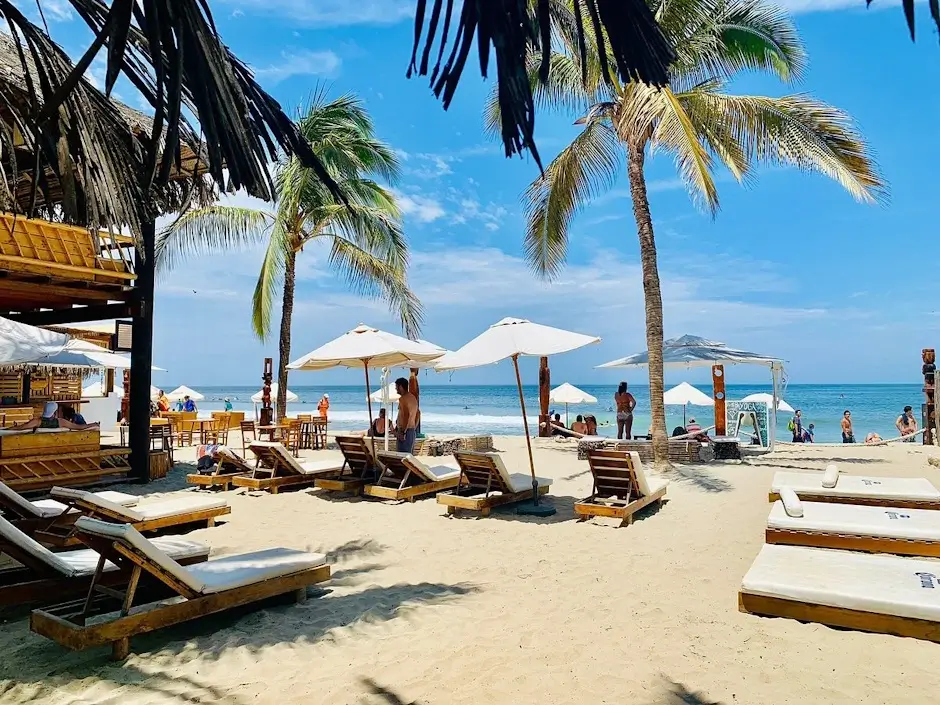
Before you book flights or choose a tour package, it’s essential to take a step back and define what you truly want from your trip. This simple reflection can make all the difference between an average vacation and an unforgettable journey. Especially when exploring diverse destinations like Peru, Bolivia, and Chile, identifying your interests and travel priorities is key to crafting a meaningful experience.
What kind of traveler are you?
Start by asking yourself: What excites me the most when I travel?
Are you drawn to ancient ruins and rich history? Do you enjoy outdoor adventures like trekking, kayaking, or desert exploration? Or are you more into food, culture, and meeting local people? Understanding your traveler profile will help guide your choices.
Set your travel goals
Think about the purpose of your trip.
Is it a once-in-a-lifetime adventure? A romantic getaway? A family vacation or a solo escape? Clarifying your travel goals will help you focus on the destinations and experiences that truly matter to you.
Choose your must-see destinations
With so many amazing places to visit, it’s easy to feel overwhelmed. Make a short list of “must-sees” that match your interests. For example:
- Cultural explorers might prioritize Cusco, Machu Picchu, La Paz, or Santiago’s museums and historic neighborhoods.
- Nature lovers may choose the Sacred Valley, the Salar de Uyuni, or Patagonia.
- Foodies could focus on Lima, Arequipa, and Chilean wine regions.
Consider your travel style and comfort level
Do you prefer luxury stays or off-the-beaten-path adventures? Are you okay with long drives and basic lodges, or do you need comfort and convenience? Your comfort level will impact your route, budget, and the pace of your journey.
Be realistic about time and budget
You may want to see everything, but it’s important to prioritize based on how much time and money you have. Choose quality over quantity and avoid trying to fit too much into a single trip. A well-paced itinerary often leads to a more enriching experience.
Check the Duration and Pace of the Itinerary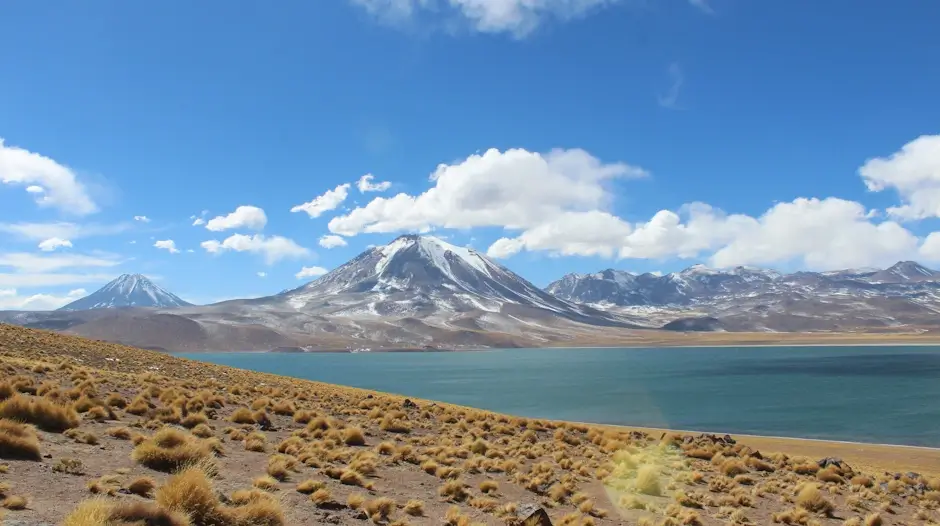
When planning a multi-country trip through Peru, Bolivia, and Chile, one of the most important—but often overlooked—factors is the duration and pace of the itinerary. A well-balanced schedule can make the difference between a stressful race from one destination to another and a fulfilling travel experience that allows for connection, reflection, and joy.
Don’t overload your trip
It’s tempting to pack as many places as possible into one itinerary, especially in a region filled with world wonders like Machu Picchu, the Uyuni Salt Flats, and the Atacama Desert. However, trying to see too much in too little time can leave you exhausted and unable to fully enjoy each destination.
Look for balance
A good itinerary should balance travel time, activities, and free time. For example, if one day includes a long road trip or border crossing, the next day should offer lighter activities or some time to relax. This balance allows you to recover, adapt to altitude changes, and enjoy every experience more deeply.
Consider travel distances and conditions
Distances in South America can be deceptive. What seems like a short journey on the map may involve hours on winding mountain roads, remote desert routes, or high-altitude terrain. Be sure your itinerary takes these factors into account, with reasonable travel times and comfortable transportation.
Give yourself time to adapt
Places like Cusco, La Paz, and Uyuni are located at high altitudes. Rushing into physically demanding activities without proper acclimatization can negatively affect your health and enjoyment. A thoughtful itinerary includes rest and adjustment time, especially during the first few days.
Quality over quantity
More isn’t always better. Instead of checking off destinations, focus on the quality of your experience. Spending more time in fewer places often allows for deeper cultural immersion, better connections with locals, and less travel stress.
Review each day of the schedule
Before committing to a package, review the day-by-day plan. Ask yourself:
- Are there too many early departures?
- Is there time to explore on your own?
- Are the travel days realistic?
- Does it include time to relax and truly enjoy each place?
If it feels too rushed, don’t hesitate to ask the travel agency to adjust the pace.
Evaluate the Quality of the Services Included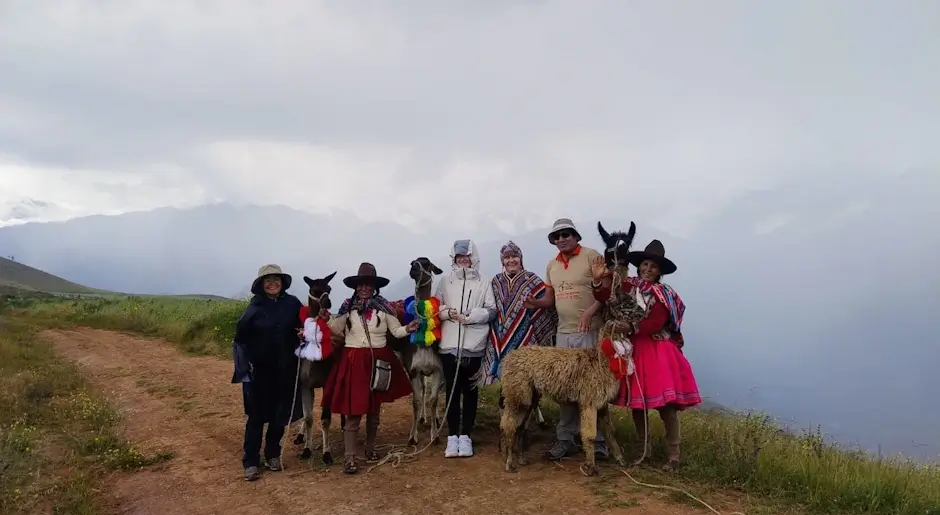
When choosing a tour package through Peru, Bolivia, and Chile, it’s easy to be drawn in by attractive photos or low prices. But one of the most crucial aspects to consider is the quality of the services included. This can significantly impact your comfort, safety, and overall experience throughout the trip.
Accommodation standards
Not all hotels are created equal—even within the same star category. Look into the hotels offered in your package. Are they well-located, safe, and well-reviewed? Are they boutique-style, local lodges, or international chains? Don’t hesitate to request hotel names and check ratings on platforms like TripAdvisor or Google before booking.
Transportation comfort and safety
South America involves a lot of travel between cities and countries. Make sure the package includes reliable and comfortable transportation, whether by private vehicle, bus, train, or domestic flights. Verify if transfers are private or shared, and whether long journeys are broken into manageable segments.
Experienced and knowledgeable guides
A great guide can transform your trip. Look for packages that include licensed, bilingual guides with local knowledge. They should not only share facts, but also offer context, cultural insight, and personalized recommendations. Ask if the tours are private or group-based, as this can affect the quality of the experience.
Meals and dining experiences
Some packages include breakfast only, while others offer full meals. Be sure to check what is covered. Are meals served in quality restaurants? Are there opportunities to try local cuisine? Authentic food experiences are a key part of discovering the culture of Peru, Bolivia, and Chile.
Entrance fees and activities
A common hidden cost in travel packages is entrance fees. Make sure the price includes tickets to main attractions like Machu Picchu, Valle de la Luna, or the Uyuni Salt Flats. Also, check if optional activities (like hiking, boat rides, or cultural workshops) are part of the program or at extra cost.
Customer support and flexibility
A quality travel service includes clear communication and responsive support. Can you contact someone if plans change or problems arise? Are there flexible policies in case you want to customize or reschedule part of the itinerary? These details make a big difference in real travel scenarios.
Value over price
It’s important to look beyond the total price and ask: What am I really getting for my money? A cheaper package might cut corners on lodging, guides, or transportation, while a slightly more expensive one might offer far greater comfort and peace of mind.
Compare Prices and What They Include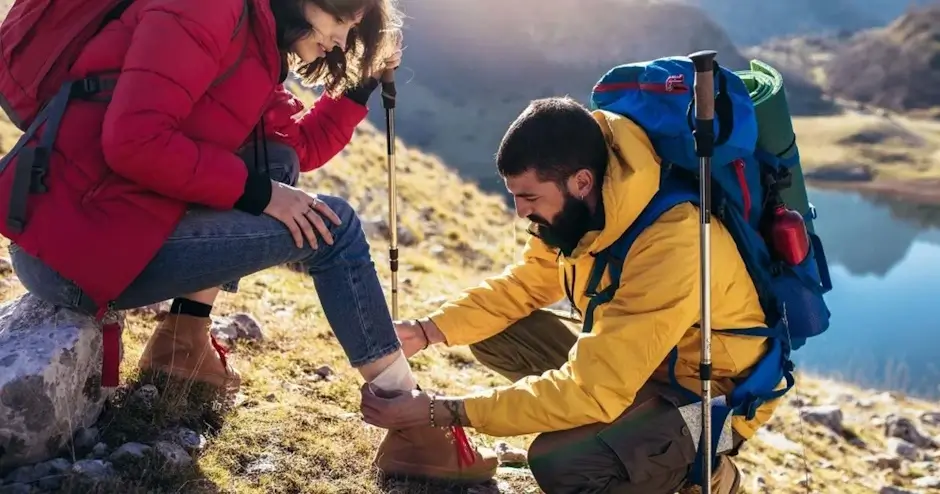
When planning a multi-country trip to Peru, Bolivia, and Chile, it’s natural to compare tour prices to find the best deal. But focusing solely on the number can be misleading. A lower price doesn’t always mean better value—what truly matters is what’s included and the quality of those inclusions.
Don’t be fooled by the lowest price
It’s tempting to choose the cheapest package, especially when the itinerary looks similar. However, lower-cost options often cut corners—basic hotels, group transfers, limited activities, or no entrance fees. Always ask for a detailed breakdown of what is (and isn’t) included.
Request a day-by-day itinerary with inclusions
A good travel agency will provide a full itinerary outlining daily activities, accommodations, meals, and transportation. Use this to compare packages side by side:
- Are hotel nights the same category or quality?
- Are meals included every day or just breakfasts?
- Is the transportation private or shared?
- Are entrance tickets covered?
- Are guides certified and bilingual?
Watch out for hidden costs
Some packages may seem cheaper up front but leave you with many out-of-pocket expenses later. Ask about:
- Entrance fees to major attractions like Machu Picchu or the Uyuni Salt Flats
- Extra transportation between borders or airports
- Meals not included
- Optional tours or excursions
- Tipping policies
A package with more inclusions may be more cost-effective in the long run.
Consider group size and exclusivity
Private tours cost more but offer flexibility and a personalized experience. Group tours are usually more affordable but may have fixed schedules and larger groups. Make sure you understand what type of experience each price reflects.
Think about the total value, not just the price
Sometimes, a package that costs a bit more includes better hotels, faster transfers, more engaging experiences, and fewer logistical headaches. The peace of mind and comfort you get from a well-designed tour often justifies the extra cost.
Ask for customization if needed
Many agencies can adapt packages to your budget by upgrading or downgrading certain elements. Don’t be afraid to ask if a mid-range tour can be adjusted to include a special activity or a nicer hotel night in a key location.
Look for Reputable Travel Agencies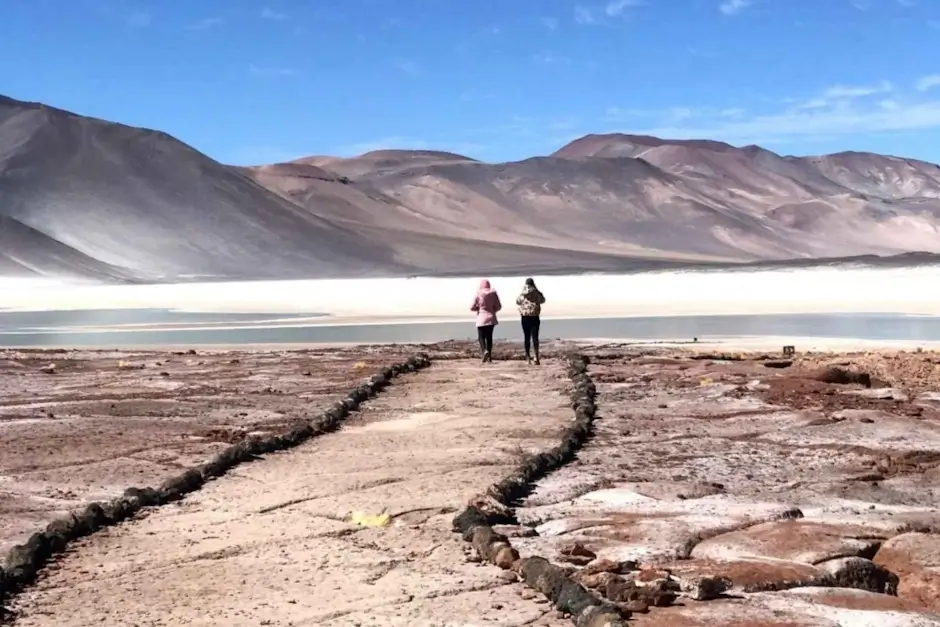
When planning a trip through Peru, Bolivia, and Chile, choosing the right travel agency can make all the difference between a smooth, enriching journey and a stressful experience. While beautiful itineraries and attractive prices are important, working with a reputable travel agency ensures that you’re in good hands from start to finish.
Research online reviews and ratings
Start by checking reviews on trusted platforms like TripAdvisor, Google, or Facebook. Read both the positive and negative comments, and pay attention to recent experiences. Look for consistent praise for customer service, knowledgeable guides, reliability, and transparency.
Look for official certifications and affiliations
Professional agencies often belong to national or international tourism associations. In Peru, for example, look for registration with MINCETUR (Peruvian Ministry of Tourism) or affiliation with APOTUR. These certifications add credibility and ensure they follow proper safety and ethical standards.
Evaluate communication and responsiveness
How an agency communicates with you before the trip is a strong indicator of how they will handle your needs during the journey. Are they responding quickly and clearly? Do they answer your questions with detail? A reputable agency will offer personalized attention, not just automated responses.
Transparency in pricing and services
Reliable agencies are clear about what’s included in the package—and what’s not. They’ll send you detailed itineraries, hotel names, and service breakdowns. If an agency is vague about costs or uses confusing terms, that’s a red flag.
Ask for references or testimonials
Don’t hesitate to ask the agency for direct references or client testimonials. Many trustworthy agencies are proud to share feedback from happy travelers. You might even be able to speak with someone who has taken the same tour you’re considering.
Verify their experience with the region
Choose an agency with real, on-the-ground experience in Peru, Bolivia, and Chile. Agencies that specialize in South America will have stronger local networks, better support systems, and deeper cultural knowledge—key elements for a seamless and meaningful travel experience.
Avoid deals that seem too good to be true
If a package seems significantly cheaper than the rest, be cautious. It might involve poor accommodations, shared group tours with minimal service, or last-minute logistics. A reputable agency focuses on delivering value, not just cutting costs.
- Embark on a Journey of Ancient Traditions: The Inti Raymi Tour in Cusco 4 Days
- Discover the Wonders of Peru with the Tour Perú Machu Picchu 5 Days
- Discover Peru with the City Tour Sacred Valley Machu Picchu 4 Days
- Explore the Wonders of Cusco with City Tour and Machu Picchu3 Days
Make Sure the Itinerary Is Flexible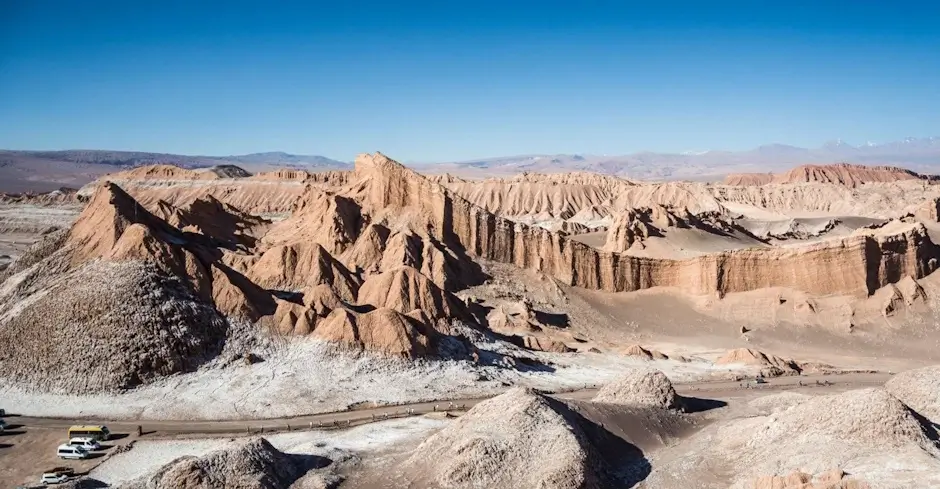
When planning a trip through Peru, Bolivia, and Chile, having a well-organized itinerary is essential—but so is flexibility. A rigid schedule can become stressful if plans need to change due to weather, health, or simply a desire to stay longer in a place you love. That’s why it’s important to choose a tour package or travel agency that offers room to adapt.
Life on the road can be unpredictable
In South America, delays can happen due to weather conditions, road closures, or local events. A flexible itinerary allows for adjustments without ruining your entire trip. Whether it’s a rescheduled train to Machu Picchu or a last-minute change of route in Uyuni, flexibility keeps things running smoothly.
You may want to stay longer somewhere
Sometimes, you’ll fall in love with a destination and want more time to explore. Maybe you feel drawn to the energy of Cusco, the stillness of the Atacama Desert, or the magic of Lake Titicaca. If your schedule allows for adjustments, you can slow down and truly connect with each place.
Flexibility allows for personalization
Look for travel agencies that allow you to customize parts of the tour. Can you upgrade a hotel? Add a cooking class in Lima? Swap a group tour for a private experience? These small changes can transform a standard tour into your dream trip.
Check cancellation and rescheduling policies
Ask about the agency’s policies for changing dates, canceling activities, or adding optional excursions. A flexible operator will offer support without charging excessive penalties. This is especially useful if you’re traveling with family, in a group, or during unpredictable seasons.
Consider free time in the itinerary
A great itinerary isn’t packed with nonstop activities. Look for programs that include some free afternoons or evenings so you can explore on your own, relax, or try something spontaneous—like joining a local festival or enjoying a sunset at your favorite spot.
Tailored experiences make travel more meaningful
No two travelers are alike. Whether you’re a history lover, foodie, nature enthusiast, or adventure seeker, a flexible itinerary lets you follow your passions. Agencies that offer adaptable plans show they understand your travel style and care about your experience.
Consider the Travel Season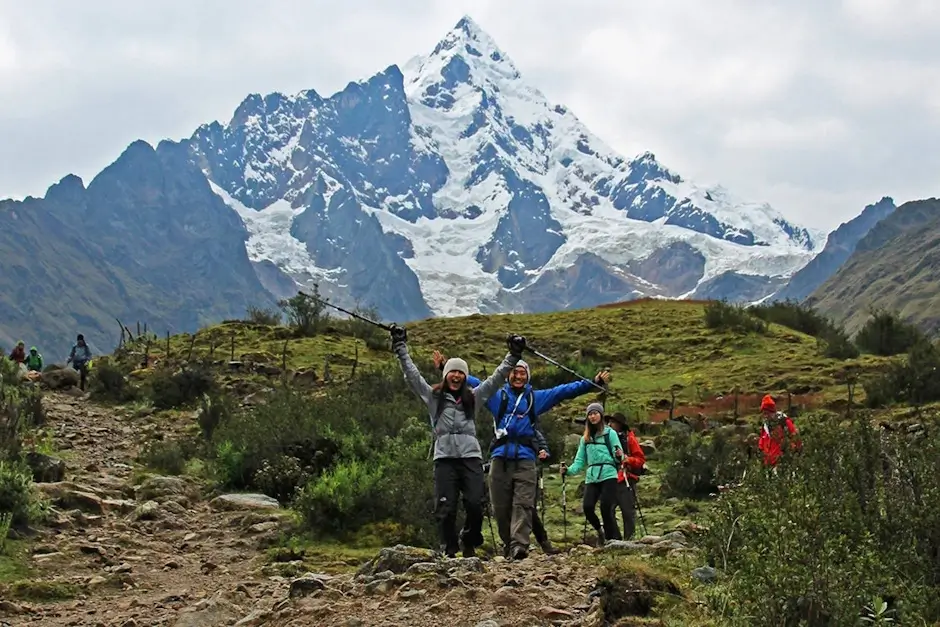
When planning your adventure through Peru, Bolivia, and Chile, one crucial factor to keep in mind is the season in which you’ll be traveling. Weather, crowds, and accessibility can vary greatly throughout the year in South America, especially because these three countries offer such a wide range of altitudes and climates. Understanding the best time to visit each destination can greatly enhance your travel experience.
Seasons in South America are reversed
First, remember that in the Southern Hemisphere, summer runs from December to March and winter from June to September. This affects not only the weather but also the availability and pricing of tours, especially in Chilean Patagonia and Bolivia’s highlands.
High season vs. low season
-
High season (June–August and December–January): Great weather in most regions, especially for visiting Cusco, Machu Picchu, Uyuni, and the Atacama Desert. However, it also means larger crowds and higher prices.
-
Low season (February–April, October–November): Fewer tourists, more budget-friendly options, but possibly less predictable weather, especially in the Andes.
Specific highlights by season
Peru:
- Best time for Machu Picchu: May to September (dry season).
- Rainy season: November to March—trails can be muddy, but lush and green.
- Festivals: Inti Raymi in June, vibrant and cultural.
Bolivia:
- Salar de Uyuni mirror effect: January to March, during the rainy season.
- Dry season for better mobility and tours: May to October.
- Altitude regions (like La Paz): can be chilly year-round, especially at night.
Chile:
- Atacama Desert: Dry and sunny year-round, but winter nights (June–August) are cold.
- Patagonia: Best visited in summer (December to March) due to better weather and open trails.
- Wine regions and Santiago: Pleasant spring and fall seasons, ideal for outdoor activities.
Consider festivals and local events
Traveling during major festivals can be an unforgettable experience—but also means busier cities and higher accommodation prices. If you’re interested in cultural events like Peru’s Inti Raymi or Bolivia’s Gran Poder, plan and book early.
Know your travel goals
Are you seeking sunny weather and outdoor adventures, or cultural immersion and fewer crowds? Defining your priorities will help you choose the ideal travel window. A romantic honeymoon, a family trip, or a photography tour may all call for different timing.
Check the Entry and Health Requirements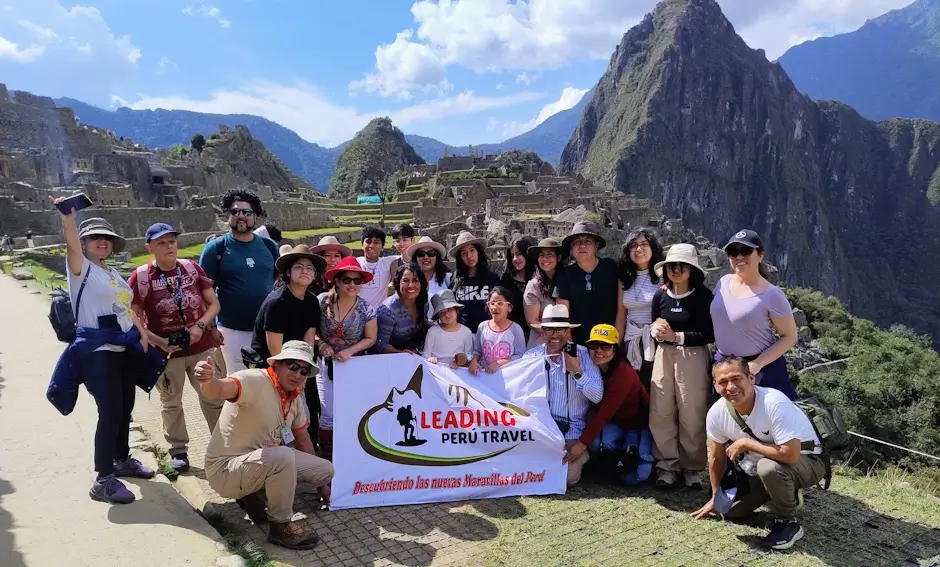
When planning a trip across Peru, Bolivia, and Chile, it’s easy to focus on flights, hotels, and itineraries—but don’t forget the migration and health requirements. Entry regulations vary by country and can change depending on your nationality, vaccination status, and global health conditions. Taking the time to understand these requirements will help you avoid unexpected problems at the border.
Verify visa requirements by nationality
Each country in South America has its own visa policies. While many travelers from North America, the European Union, and parts of Latin America can enter Peru, Bolivia, and Chile visa-free for tourism, others may need to apply in advance.
- Peru: Most tourists receive up to 90 days visa-free.
- Bolivia: Some nationalities require a visa; for example, U.S. citizens need a visa, which can be obtained online or on arrival.
- Chile: Offers visa-free entry to many, but some travelers may need to apply in advance depending on their passport.
Always check with the official government websites or consult your nearest embassy or consulate.
Passport validity
Your passport should be valid for at least six months beyond your intended date of departure. Some border authorities are strict about this rule, so make sure your travel document is up to date well before your trip.
Health and vaccination requirements
Check for any vaccination requirements or recommendations, particularly for:
- Yellow fever: Recommended (and sometimes required) for travelers visiting the Amazon regions of Peru and Bolivia. Some countries may also require proof of yellow fever vaccination if you’re arriving from a risk zone.
- COVID-19: While many countries have lifted restrictions, it’s still wise to check for any current health entry policies, such as testing, vaccination certificates, or travel insurance that includes COVID coverage.
- Routine vaccines: Make sure you’re up to date on routine shots such as Hepatitis A, Hepatitis B, Typhoid, and Tetanus.
Border crossings and overland travel
If your itinerary includes crossing borders by land (such as from Peru to Bolivia, or Bolivia to Chile), be sure to ask your travel agency or guide about necessary documentation and procedures, as requirements may differ slightly from those for air travel.
Travel insurance with medical coverage
Although not always mandatory, travel insurance is highly recommended. Some countries may even require proof of coverage for medical expenses or emergencies. Look for a policy that includes evacuation and altitude-related conditions, especially if you’re traveling to places like Cusco, La Paz, or Uyuni.
Stay informed and updated
Requirements can change due to political, environmental, or health-related issues. It’s important to stay informed up until your travel date. Reputable travel agencies often provide updates, or you can check official immigration and health ministry websites.
Final Thought
The perfect tour package is the one that matches your travel style, budget, and interests while ensuring a smooth and enriching experience. With careful research and the right agency, your journey through Peru, Bolivia, and Chile can be truly magical.
- A 15-Day Adventure from Cusco to San Pedro de Atacama15 Days
- Andean Expedition Exploring the Treasures of Peru and Bolivia.20 Days
- South America tourist package visiting Peru and Bolivia25 days
- South America tour through the Andes of Peru, Bolivia and Chile.15 Days
- Discover South América with the Perú Bolivia Tour14 Days
- South America trip: the best tour of Peru and Bolivia10 Days
For more information and to book your trip, contact us on WhatsApp. Follow us on Instagram for the latest updates and travel inspiration.
CONTACT US:
We are a Travel Agency specialized in tourist packages, if you need any information, do not hesitate to write to us.
We offer tours in Peru and Bolivia.




